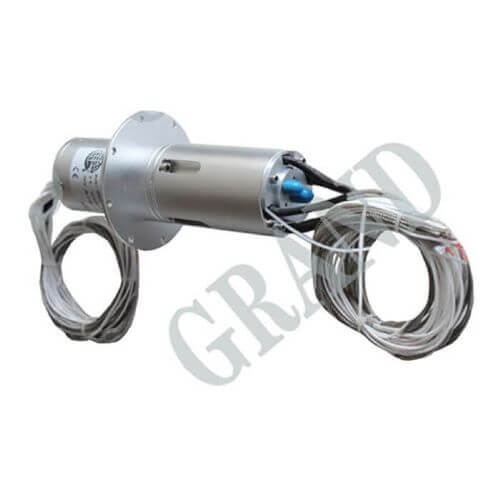Slip rings are an important component of many electrical systems. They are used to transfer power and data signals between rotating and stationary components. Slip rings come in a variety of shapes and sizes, and can be used in a wide range of applications. Here, we will look at the different types of electrical slip rings and their uses.
Brush Slip Rings
Brush slip rings are the most common type of slip ring. They are made up of a stationary ring and a rotating ring, which are connected by brushes. The brushes are made of metal or carbon, and they are designed to transfer power and data signals between the two rings. Brush slip rings are used in a variety of applications, including wind turbines, medical equipment, and robotics.
Fiber Optic Slip Rings
Fiber optic slip rings are a type of slip ring that uses fiber optic cables to transfer data signals. They are used in applications where high-speed data transmission is required, such as in medical imaging systems and industrial automation systems. Fiber optic slip rings are more expensive than brush slip rings, but they offer higher data transfer speeds and greater reliability.
Hybrid Slip Rings
Hybrid slip rings are a combination of brush and fiber optic slip rings. They are used in applications where both power and data signals need to be transferred. Hybrid slip rings are more expensive than brush or fiber optic slip rings, but they offer the best of both worlds in terms of power and data transfer.
Slip rings are an essential component of many electrical systems. There are a variety of types of slip rings, including brush, fiber optic, and hybrid slip rings. Each type of slip ring has its own advantages and disadvantages and can be used in a variety of applications. It is important to choose the right type of slip ring for your application in order to ensure reliable and efficient operation.
See What We Can Do

